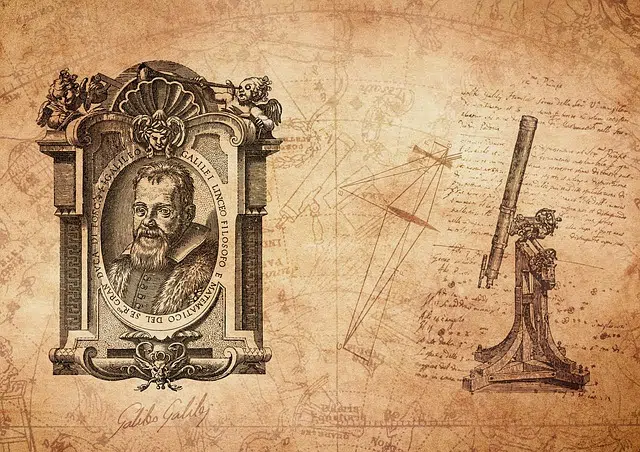
Galileo Galilei was one of the thinkers who reflected on the relationship between a cause and its effect.
A scientific law postulates the existence of a constant relationship between different factors or variables. This is a fundamental concept within the framework of epistemology , the discipline focused on the methods and foundations of scientific knowledge .
To produce scientific knowledge , we start from a hypothesis : a conjecture about an observed fact. When the hypothesis is subjected to a research process and verified, demonstrated or proven, a scientific theory is obtained. In the case of scientific law, it states the constant and invariable links that exist between phenomena.
Characteristics of a scientific law
It can be said that, while a scientific theory explains a phenomenon , a scientific law describes it. It is usually expressed in formalized language or with a mathematical equation .
Scientific law, in short, includes what is constant and essential in the phenomenon that is observed. It is objective (it depends on the object and not the subject) and practical (it aims to enable the transformation of the material world) and is based on empirical evidence .
Statements by Isaac Newton
The so-called Newton's laws , developed by Isaac Newton , are an example of scientific laws. Newton listed three laws that provide an explanation for many questions in classical mechanics .
Newton's first law states that "every body maintains its state of uniform, rectilinear motion or rest unless it is forced to change its state by forces acting on it." The second law , meanwhile, maintains that "the change of movement is directly proportional to the driving force that affects the body and is specified according to the straight line along which said force acts." Newton's third law , finally, asserts that "with every action there always occurs a contrary and equal reaction: therefore, the mutual actions of two bodies are directed in opposite directions and are equal."

The so-called Newton's laws are examples of scientific laws.
Scientific law and regular and constant patterns
As mentioned above, scientific law serves to describe in all its complexity the evolution of facts according to constant and regular patterns. Experimental science brought with it the first steps in the investigation of these laws in relation to different phenomena.
The renowned Italian scientist Galileo Galilei , born in the mid-16th century, wrote that if we accept as true the correspondence between a cause and its effect, then we must also say that if an alteration in the effect is perceived it will be because the same thing will have occurred. with the cause .
The work of Poincaré and Planck
The French polymath Jules Henri Poincaré , born in the second half of the 19th century, agreed with Galileo Galilei in the constancy of the link that exists between a cause and its effect. On the other hand we have the work of the German physicist Max Planck , a contemporary of Poincaré, who proposed the following principles of experimental science:
* man is only a small part of nature, which exists independently;
* nature satisfies certain laws (we can qualify it as "legal") and legality is not random but causal;
* It is not possible to know reality in its entirety, perfectly, but it is possible to know a little more about it every day;
* the path that science travels begins in diversity, in subjectivity and the relative, and moves towards unity, objectivity and the absolute.
Different types of scientific law
Today we can find causal scientific laws, as well as stochastic or probabilistic ones. Broadly speaking, the deterministic and stochastic groups are distinguished. Many of today's scientists accept certain foundations that complement those presented by Planck, such as the following:
* natural laws govern everything that exists;
* these laws do not vary in time or space;
* the scientist must describe them;
* its existence does not depend on said description;
* knowing them all is possible.
